The traditional story of the twenty-year-long manga Naruto has ended. While the character is still kicking (I think) in the narrative successor Boruto, Naruto, for the most part, has finished his journey from knucklehead ninja to Hokage of the Hidden Leaf Village. But when a series as popular as Naruto finishes—despite its numerous shortcomings—fans just want more, and now it’s up to the numerous game developers with access to the license to cash-in on the series one final time.
Ultimate Ninja Storm Legacy is just that: a cash-grab. That’s not to say that it’s a bad cash-grab or a bad product; actually, I’d say that Legacy is one of the best cash-grabs/remaster compilations you can buy, granted you’re interested in the franchise. Taking all four of the main series games in this incredibly long-running series, developer CyberConnect 2 have packaged together the entire journey of Naruto (and even some of Boruto) into one gigantic package for fans and newcomers alike to enjoy.
From Ultimate Ninja Storm all the way to Ultimate Ninja Storm 4: Road to Boruto, you’ll experience every second of Naruto’s (non-filler) journey in a slightly abridged and streamlined version of events. It may not be the most accurate, small story details and character development may be lost, but if you don’t want to spend months of your life watching and reading the original material this is the best way to experience Naruto’s journey.

Naruto: Ultimate Ninja Storm
Covering the entirety of the original series would be no small feat for a developer of CyberConnect 2’s size back in 2008. After all, it took Ubisoft, a company with substantially more employees, two games of vastly differing qualities—Path of the Ninja and The Broken Bond—to dish out every piece of Naruto’s younger arc. Being the first game in the series as well (and the only one I hadn’t played), Ultimate Ninja Storm has a lot to live up to.
Unfortunately, this first entry is underwhelming at best. It shows a lot of new ideas and has its heart in the right place, but CyberConnect 2’s maiden voyage into the gigantic ocean of Masashi Kishimoto’s work shows that the company didn’t have anywhere near enough resources to create exactly what they wanted.
The fighting system features the same basic combat as every other game in the series, although certain small aspects are simplified and/or watered-down versions of what the fighting systems would eventually become. Throwing out basic combos and throws whilst carefully managing your chakra (energy) meter to dish out special moves is the staple of the entire series’ combat. You’ll be able to call in assist characters and throw out equipped items such as kunai and paper bombs to help out in tough situations, but that’s about as complex as the fighting ever gets.
That being said, simple doesn’t always correlate with bad game design. Fights are still fun despite numerous balancing issues and a highly repetitive nature, but I highly doubt that this collection was intended for players to burst through. Ultimate Ninja Storm is a game designed for short quick bursts, its underlying foundations make this abundantly clear. Outside of numerous battle conditions and the occasional QTE section mini-boss, you’ll mostly be doing the same things over and over again, whether that be actually fighting or taking part in one of the title’s few repeated mini-games.
Outside of the fighting, however, is Naruto’s biggest drawback: the open world. Whereas its sequel would opt for overhead linear paths on pre-drawn backgrounds to save on development costs, the original Ultimate Ninja Storm features a fully 3D recreation of the Hidden Leaf Village. Ninja-running, rope-bouncing, and sling-shotting yourself across the map can be fun a initially entertaining distraction, but Ultimate Ninja Storm’s emphasis on this open world section is a huge detriment to what could’ve been a fantastic game in the series.
The first Ultimate Ninja Storm is fun in short bursts
Story details are told predominantly through text segments instead of the 3D animated cutscenes that would later end up taking the majority of your playtime in later titles. Instead of being treated to amazingly recreated scenes from the manga, you’ll spend most of your time in the open world collecting “secret scrolls”, ingredients and items whilst tracking downside mission characters to complete tasks in order to earn mission XP used to play through the main campaign. It does admittedly give you more to actually play than in later games, but everything in this open world is mind-numbingly repetitive and adds nothing to the experience overall.
Ultimate Ninja Storm is still fun in short bursts. With a decent character system and the same enjoyable, simplistic fighting system as the other games, CyberConnect 2’s initial entry in the series is disappointing flawed, but ultimately a decent enough time. It’s not worth buying the entire collection for; in fact, you could go without playing this entry in its entirety, but it adds even more value to an already substantial package.
Ultimate Ninja Storm 2
I may be a bit biased towards Ultimate Ninja Storm 2 as it was the first Ultimate Ninja Storm game I ever played. It released a little while after I broke away from Naruto entirely after not really enjoying the starting arc of Shippuden. It wasn’t until a few years later that I decided to jump back in, although instead of leaving myself to view copious amounts of anime I moved towards the video game series.
Taking place at the start of Shippuden, Ultimate Ninja 2 is a more focused game than its predecessor. Ditching the fully recreated open world and shifting development resources towards providing a more in-depth and deeper adaptation of its source material, this sequel manages to improve on everything its precursor attempted.
It may not span as long of a time period as the game that came before, but Ultimate Ninja Storm 2 does manage to adapt the entirety of Shippuden’s Akatsuki arc with incredible detail. Removing the show’s useless and abundant filler, although still providing enough side material for players to dig their teeth into, writing this time around is more coherent and solid. Players may still find themselves having a hard time with the world’s increasingly complex politics after playing the first game—which will definitely become a problem during the next sequel—but characters are developed as well as they are in the show with every main character having important and satisfying arcs.
CyberConnect 2 have fully embraced the over-the-top action of the series
The fighting system remains largely similar to the original Ultimate Ninja Storm. There is a heavier reliance on the series’ Jutsu moves, aka special moves, and substitutions which allow you to quickly escape from a large enemy combo is massively improved but all-in-all, Ultimate Ninja Storm 2’s combat is incredibly similar to its predecessor, which will indeed be near exactly the same for the future games to come.
While the presentation of its narrative may be vastly improved from the original, this time around CyberConnect 2 have fully embraced the balls-to-the-wall over-the-top crazy set pieces that makes the series so fun to watch. These are mostly expressed in the game’s numerous QTE sections dotted in-between major battles; after reducing a boss or mini-boss’ health down to an arbitrary amount, you’ll be thrown into a scripted Quick Time Event section where you’ll earn stars depending on how fast you input the correct commands. Get enough stars and you’ll unlock a “secret factor” scene showing small amounts of backstory or content important to a character that you otherwise wouldn’t be able to view.
The Quick Time Events inserted into this game are some of the best in the entire gaming industry. With absolutely humungous scale, tense pacing and inherent coolness due to being handled by a developer that knows what to do with the Naruto license, these button-pressing segments vastly improve the enjoyment factor of an otherwise pretty decent game. In fact, when it comes to these sequences, CyberConnect 2 manages to outshine even the original anime with just how much attention to detail has been poured into every frame of animation.
Ultimate Ninja Storm 2 is definitely not a perfect game; as dear as it is to my heart I can’t help but feel dragged down by some of its shortcomings. Pacing-wise, the story does falter on occasion, usually when dealing with the side-story of Naruto’s rival, Sasuke. Every character does have their moment and one particular battle between Sasuke and a certain key character relating to his backstory is one of the more satisfying and moving sequences in the entire series, but CyberConnect 2’s adaptation remains so faithful that it can’t avoid the niggling lulls of the original works.
Naruto Ultimate Ninja Storm 3: Full Burst
Following on from the second game in the series, Ultimate Ninja Storm 3 had a lot to live up to. Taking place after the end of the fantastic Pain Arc which showed large-scale destruction that the series had never seen before, Masashi Kishimoto’s narrative could’ve ended right here had it not been for some very loose plot threads.
This time around, Naruto’s story is a vastly more personal tale. Focusing on his relationship with his rival Sasuke, his fellow team members, his family, and even his inner self; Ultimate Ninja Storm 3 is an incredible adaptation of some of Naruto’s more emotional moments in the series’ twenty-year run.
While this series series is predominantly focused on providing a basic yet enthralling action experience, Full Burst is a slower burn than its antecedents. There are a lot more cutscenes here, and while the fighting and QTE sequences do return, the over-the-top exaggerated action scenes are put on the backburner throughout most of the title in order to instead provide incredibly detailed 3D recreations of the manga’s more touching sequences.
Sequences are presented in beautifully crisp and fluid action
That said, when the action does kick off, it kicks off even harder than before. The 1-on-1 fighting remains near-identical to its predecessor, albeit with a few minor improvements here and there, but Full Burst delivers more variety in terms of fighting modes. During some sections you’ll be introduced to “mob battles”, small linear dungeons with optional routes and more enemies than your traditional 1v1 missions. They never really exceed numbers higher than a dozen and sadly never reach Dynasty Warriors levels—although the fourth game would see an incredibly multiplication to the amount seen here–but they add more diversity to a fighting system which has become increasingly stale from game to game.
Spread throughout the bigger fights of Ultimate Ninja Storm 3, you’ll be asked to make the hyperbolically named “Ultimate Decision”, essentially small changes in fights and difficulty to make multiple playthroughs more varied. This could be anything from changing the amount of people you fight in a mob battle to changing the playable flashback sequence between two characters in a key fight. They mostly rely heavily on difficulty levels; harder difficulties earn you legend points whereas easier levels earn you hero points which unlock battle items over time.
Of course, it wouldn’t be an Ultimate Ninja Storm game without the flashy, exaggerated QTE sequences and the third entry in the series has some of the best. Sequences such as Naruto versus the Inner Nine-Tailed Fox are presented in beautifully crisp and fluid action, never failing to bring you to the edge of your seat with excitement.
With a character roster bigger than some of fighting games’ biggest, including classic versions of some of the series’ best, and a wealth of costumes to unlock, Ultimate Ninja Storm 3 is a great addition with some meager faltering here and there. Again, like every game in the series, it’s not a fantastic game, merely an enjoyable one, but Full Burst is literally bursting with so much content that Naruto fans would be idiotic to turn it down.
Ultimate Ninja Storm 4 + Road to Boruto
The last entry in the Ultimate Ninja Storm series is by far the most streamlined entry in the quadrilogy. Whereas 3 ended at the start of the Fourth Great Ninja War, Ultimate Ninja Storm 4 is based entirely in this period, recreating a story arc that many would see as the most explosive, and somewhat excessive. That being said, if CyberConnect 2 knew how to work with just one word, excessive would be it.
This faithful recreation of Naruto’s most recent adventures is done to their highest level of quality here, and the Japanese developer have gone all out to fully replicate the awe-inspiring scope and scale of the largest battles in series history. Being the first game on the current generation of consoles, CyberConnect 2 fully embraced the power of the PS4 and Xbox One to deliver a blisteringly overwhelming emulation of the Naruto finale.
As per every sequel, Ninja Storm 4’s combat sees remarkably few changes to its simplistic fighting system. Instead, as with 3, the developer has instead fine-tuned what they’ve already created, adding more variations to characters with their altering playstyles and movesets, and there are a lot of characters here.
The Road to Boruto is one of the most expansive fighting game rosters I’ve ever seen.
The main story is where the bulk of the game lies, and this time around CyberConnect 2 are pulling all of the punches. It’s not the longest adventure in the series, that would probably go to either 2 or 3, but Ultimate Ninja Storm 4 is paced faster than a racing hawk on Mary Jane. Battles, QTE sequences, mob fights and cutscenes blend together so fast that anyone who isn’t a fan of the prior content would not only be intensely confused at the visuals, but I believe their heads would melt trying to keep up with the story.
This is the moment that Naruto fans were leading up to for twenty years, and the lexicon of characters during these events are enough on their lonesome to turn anyone who isn’t a fan away. For the hardcore fans who’ve stayed on throughout, however, this is the best way to view an abridged, to-the-point recreation of Naruto’s finale.
After the main campaign is finished, Ultimate Ninja Storm Legacy does include an expansion storyline, bridging the gap between Naruto and the next generation of the Naruto universe: Boruto. Without spoiling—as I’ve been desperately trying to do throughout this entire review—the Road to Boruto expansion adapts the story of the movie of the same name and adds even more playable characters to the most expansive fighting game rosters I’ve ever seen.
The Road to Boruto is again more of the same and takes about three hours to complete. It’s good, great even, and features the same form of content you’ve gotten way too used to seeing by the end of this collection, as well as a proper 3D open world recreation of the new, modern Hidden Leaf. It’s intensely satisfying to see this movie not only be adapted in such an authentic and beautiful way, but also to see characters that you’ve spent so many hours with grow up to have families and responsibilities of their own.
All-in-all, there’s not much I can say about Ultimate Ninja Storm 4’s main game content that hasn’t already been said, even on this very site. It’s a satisfying, beautiful game and a fantastic bookend to a fantastic four-game collection.
The Verdict
Naruto: Ultimate Ninja Storm Legacy is not only the best recreation of Masashi Kishimoto’s work available for fans of the series, but the best way to bring new fans into the series. It’s not a complicated game, in fact, it’s incredibly simplistic, but it’s a fantastic package for its price—a package which could even rival Valve’s The Orange Box.


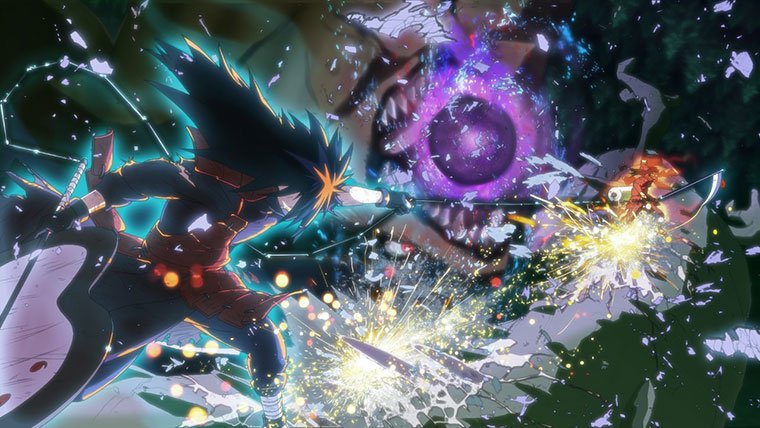

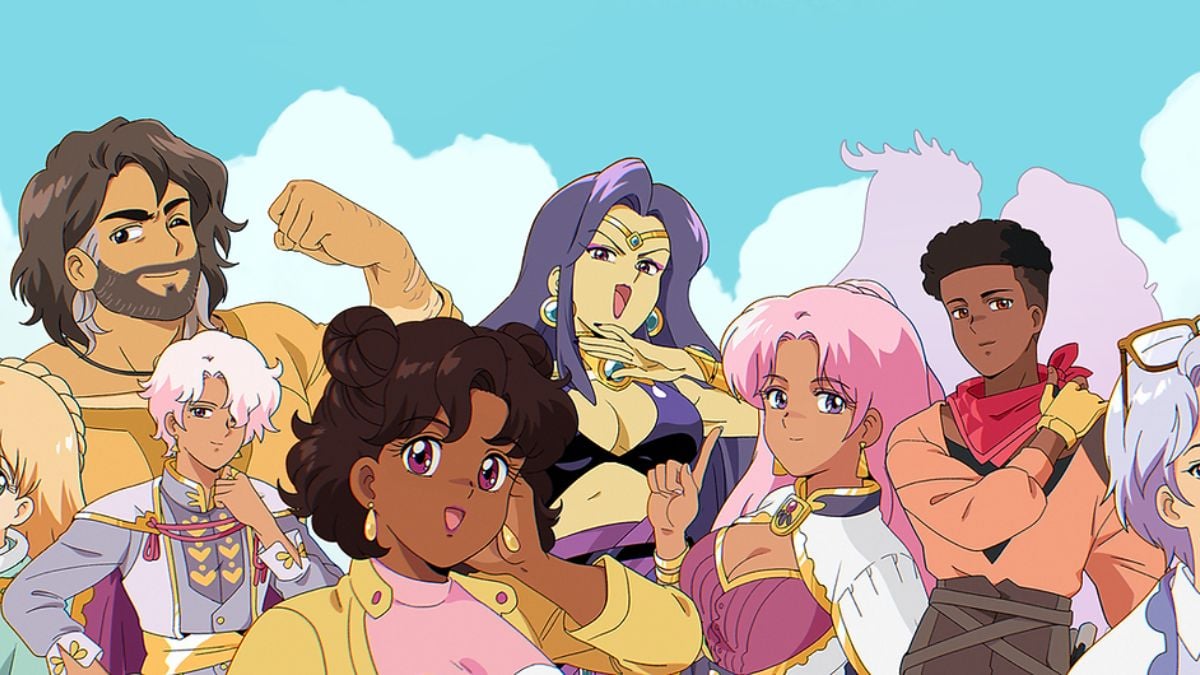
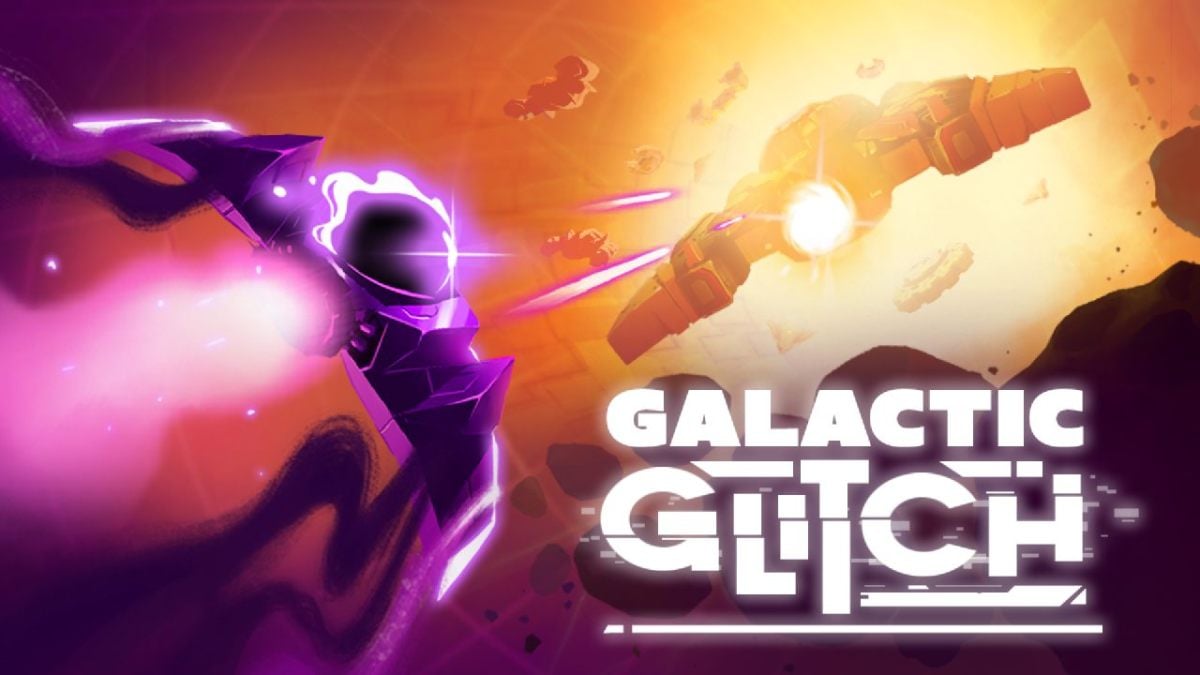
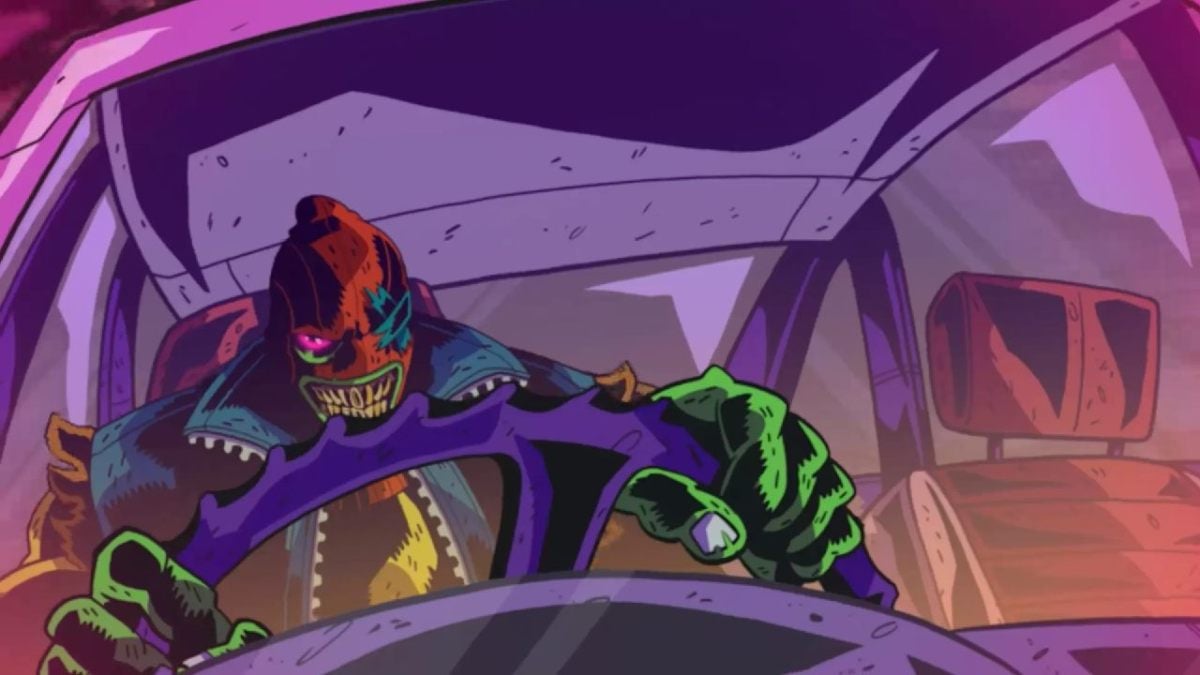
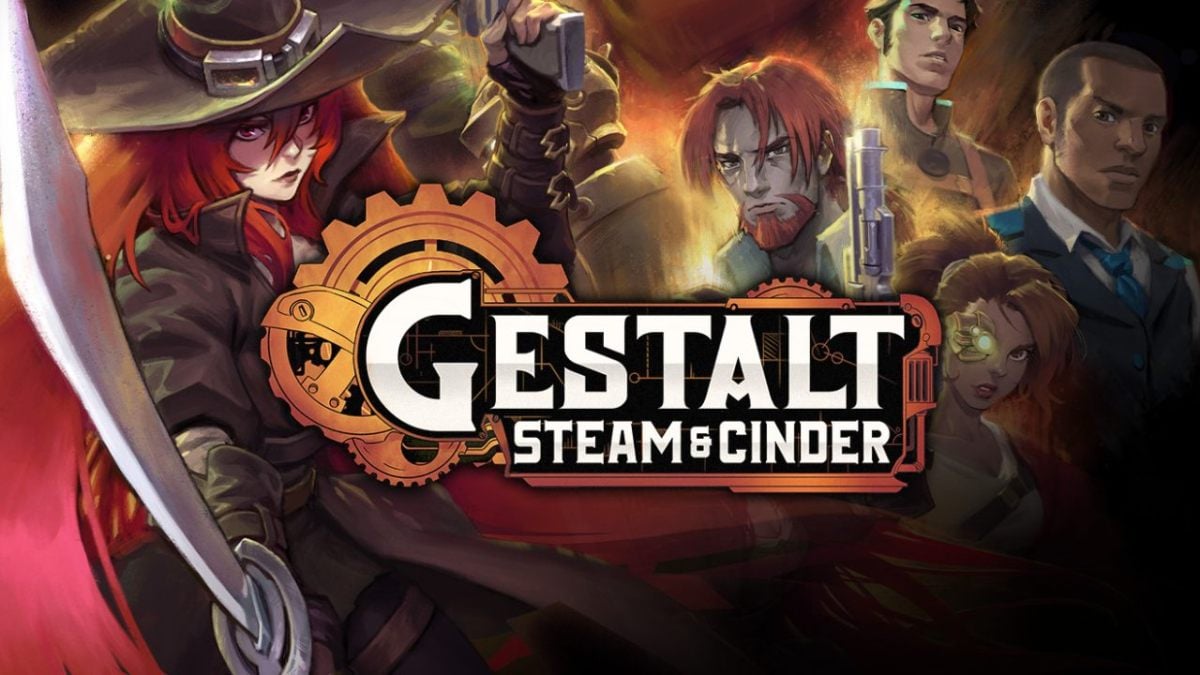
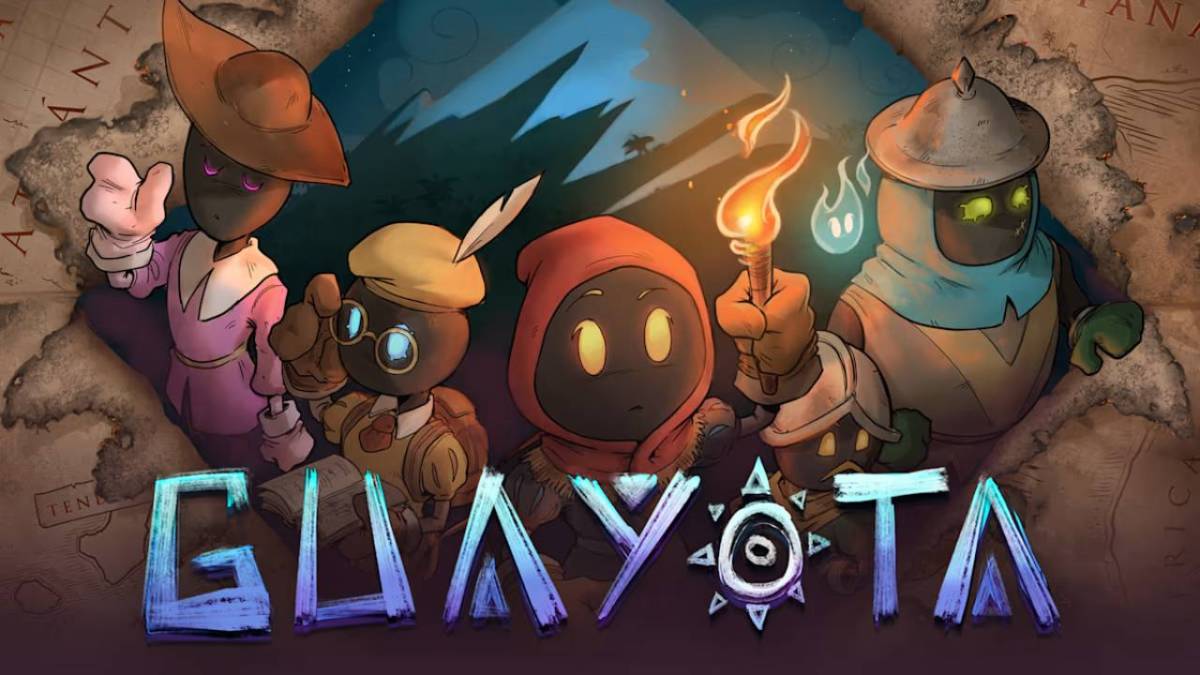
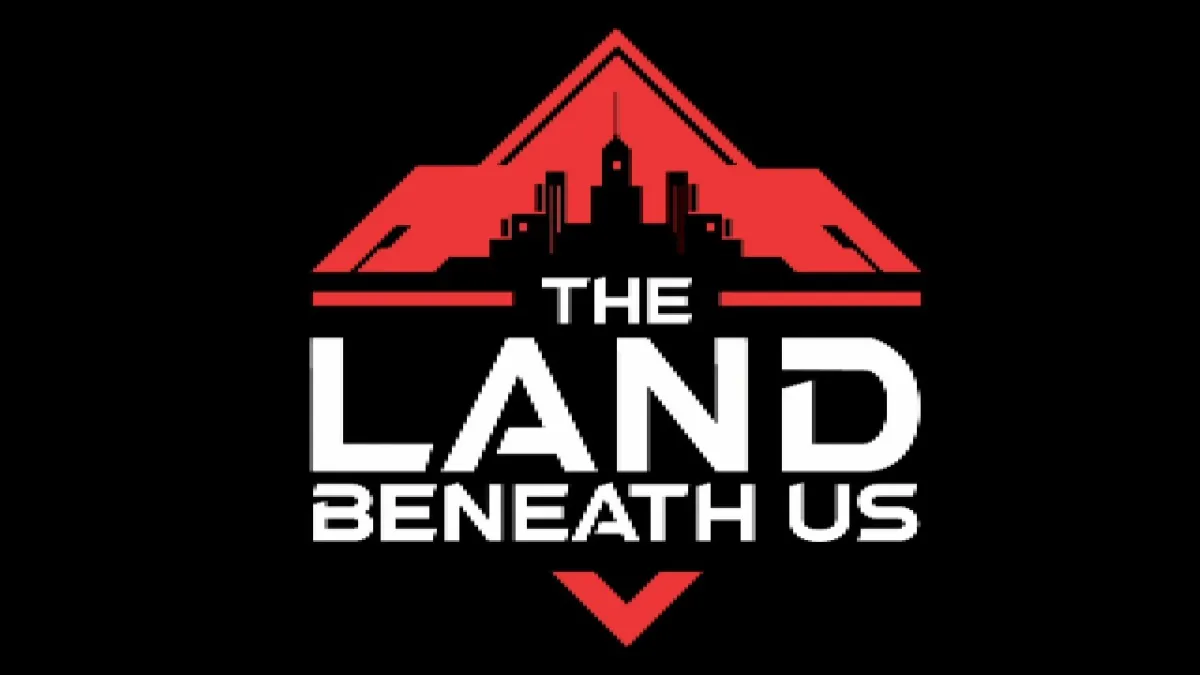
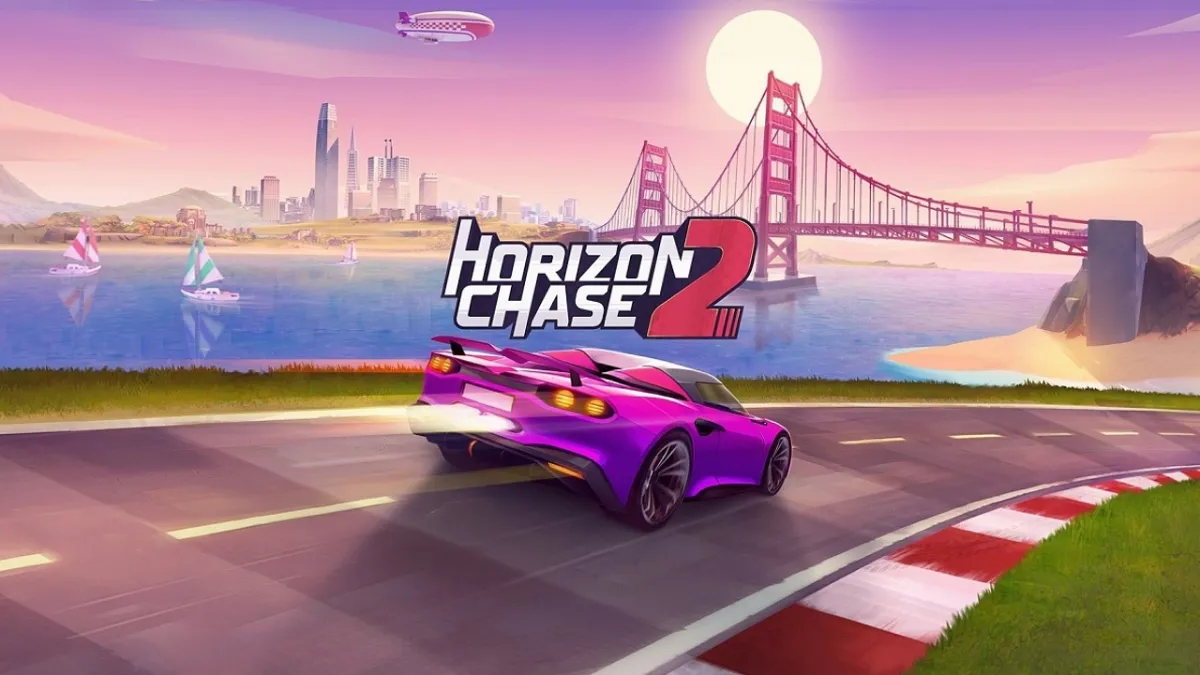
Published: Sep 18, 2017 12:09 pm